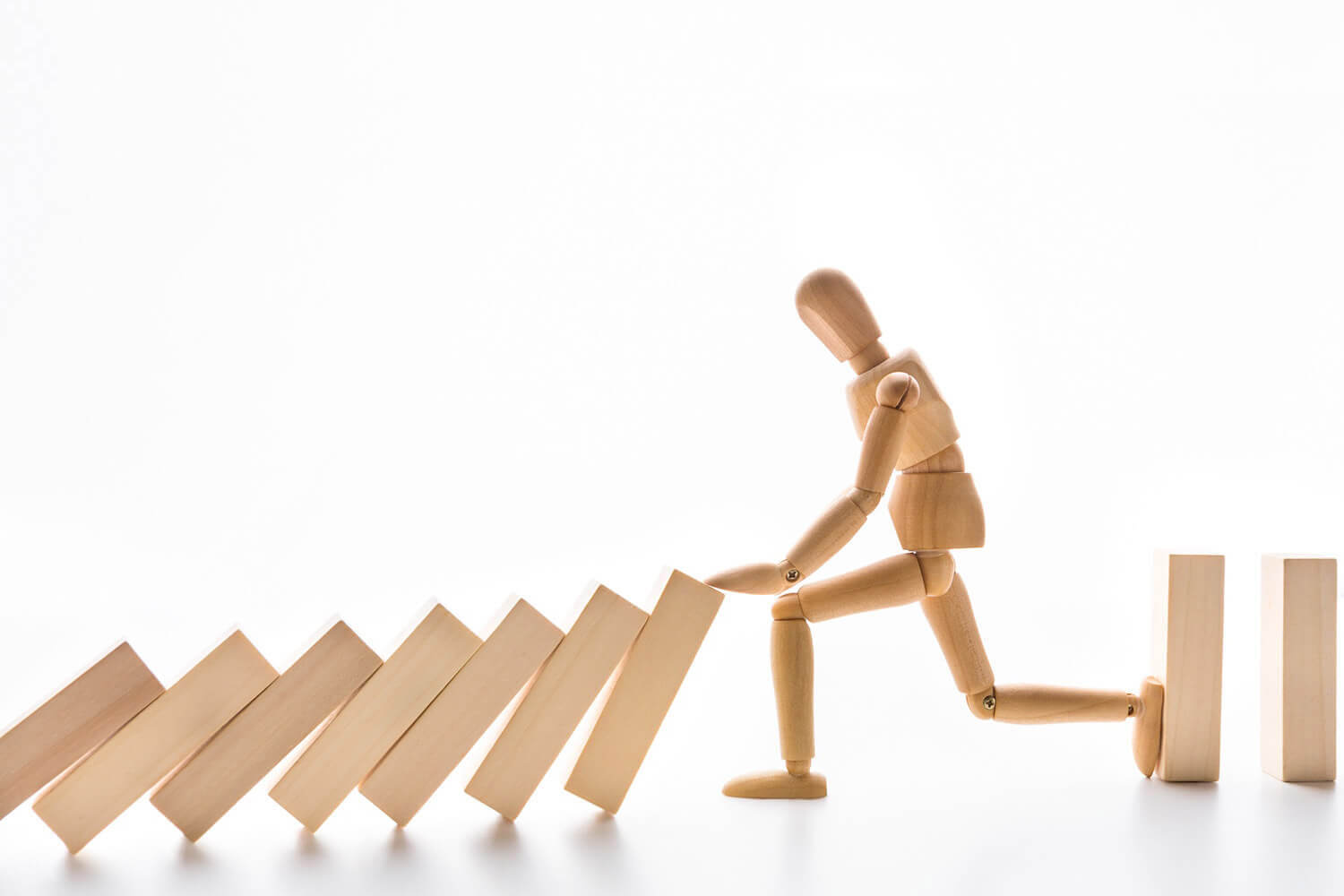Last Friday night, my 20-year-old daughter and I went to a popular major chain restaurant during the dinner rush. Told there was a long wait ahead, we scoped out the open-seating options in their bar area and saw a table waiting to pay their check. We kindly asked the group seated there if we could take their spot when they finished—and they agreed.
Just as we were about to sit down, a man—probably in his late 50s or early 60s—approached with the same idea. When he realized we were there first, he made some rude comments using profanity about two of us sitting at a table that could seat four, and walked off. I brushed it off.
A few minutes later, I saw that he, his wife, and adult daughter found another table, and I figured all was resolved for him. But, about 30 minutes later, on his trip back from the restroom, he stopped by our table and verbally insulted us again—cursing and calling us some nasty names—before going back to his table.
I was bewildered—and angry. This time, my protection papa bear instincts kicked in—you know, that bubbling feeling on the inside needing justice served immediately—but I paused for a moment. I knew my daughter didn’t want me to approach him, as it would likely escalate the situation. She’s had some frightening experiences with men. Sadly, and unknowingly to us, during her senior year in high school, her boyfriend at the time mentally and emotionally abused her. While her biological father has also demonstrated aggressive tendencies in front of her with confronting others.
She’s still healing, and I wanted to be a protector for her in that moment, not another “scary” man. Yet, I also did not want to accept such poor behavior. So, I got up, and while it was an internal struggle for a split second to not go toward him, I went the opposite way to let the management know what had happened for them to address it—which they did.
Now I’m proud to report I calmed down relatively quickly—though it was tense for a few moments while we waited for the situation to be addressed, including a brief staring contest between he and I. But I was more determined not to let this ruin our night.
I talked with my daughter about how she felt over what had happened, and in doing so, we took away the power of what he was trying to do—which was to make us as upset as he felt. I chose to reflect upon the dysregulated little boy inside this grown man, who likely hadn’t learned how to wait his turn or control his impulses when he was young, probably hadn’t had a parent who soothed him when he was stressed, and might have even had a parent who cursed at him and called him names when they were dysregulated.
I had a father who struggled to manage his reactivity and wasn’t afraid of confrontation when things didn’t go his way. While I don’t recall ever feeling physically unsafe, I often felt deep embarrassment when he confronted others.
How About You?
Growing up, did you have dysregulated parents?
How were you taught to handle unexpected stress and confrontation—and what’s your default reaction now?
- Pleaser and Victim attachments tend to freeze or fawn, hoping the threat will go away.
- Avoiders dismiss or flee, thinking, “They’ll get over it. I already have!”
- While Vacillators and Controllers pursue or fight, wanting to win a battle.
…But what does a Secure Connector do?
While flight, fight, or freeze can be adaptive in survival situations, Secure Connectors know the value of a stand your ground response and seeking appropriate help.
In that moment, more than retribution, I wanted to demonstrate to my daughter that she is safe with me—not just from others, but also from my reactions. It’s taken me several years of practice to inch my way toward security (and I’m still growing), but that evening, I believe I modeled for my daughter safety and security that comes from calmness and empowerment.
So, How Do We Recondition?
If you grew up with no modeling for managing conflict in a healthy way—or worse, chaos and fear when a parent was dysregulated—confrontation might feel overwhelming, and even unsafe. But the good news is, we can retrain our responses.
We need to first be co-soothed, before we can self-soothe—which is why learning to do the Comfort Circle and practicing holding times are so important to train your body to regulate.
- If you’re married, you can learn to do these two things for one another.
- If you’re single or you have a dysregulated spouse—find a safe mentor, friend, family member, or therapist who can do the Comfort Circle with you.
- And if you’re in a dangerous situation, find someone who can help you get to safety—You can’t grow in a storm.
Know you’re not alone—we’re here to help you grow stronger and more secure!
🙌 Thank You for Growing with Us
Thanks for being part of the How We Love community.
Keep learning, keep loving, and keep growing together.
With love and blessings,
Marc & Amy
Milan & Kay



